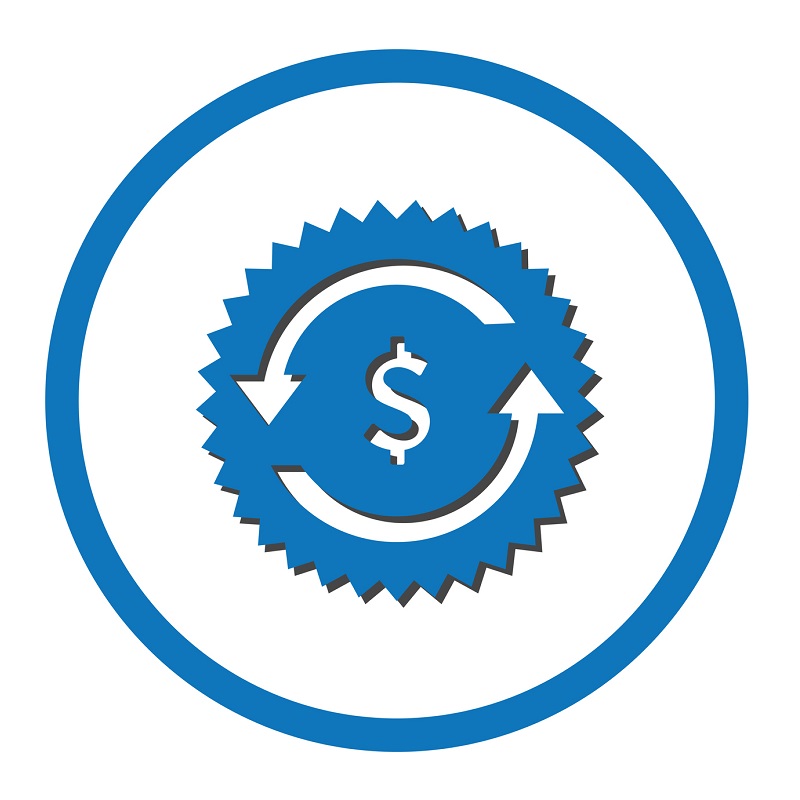Chargebacks: they’re a serious problem no merchant wants to face today. They not only interrupt your revenue stream, but they also take up your time and energy. While you can fight them, the burden of proof is always going to be on you, and that may lead you to consider a few ways of avoiding these problematic transactions. Some look to chargeback management software as the ideal option, but is it really the best tool when you’re building a plan for preventing chargebacks?
What Is It?
To understand why chargeback management software is such an important tool for so many businesses, first, it’s important to understand why chargebacks are such a problem. Google the phrase “what are chargebacks,” and you’ll get a quick overview of the issue. Chargebacks occur when a customer disputes the transaction. Often that means retailers either end up with a delayed payment or no payment at all for the goods or services involved.
Chargeback management software, then, is a way to help prevent the problem initially. While every company offers something a little different, typically this type of software involves real-time notifications and alerts as well as automated chargeback responses and representation in cases. Typically it also comes with data management and a better overview of what’s happening with chargebacks in your business.
Is It the Right Way Forward?
Chargeback management software is one of many tools you’ll want to keep in your toolbox to help you stay on top of your business’ needs. Start by looking carefully at the chargebacks that you face on a regular basis. Do others in your industry face the same issue or is this unique to your company? Use the reason codes attached to the chargebacks to help you better understand what’s happening in your business and why you’re experiencing these claims.
Don’t forget to do some research here. Chargeback rules are changing all of the time, as are the regulations that govern them. Read as much as you can so you have a better understanding of these changes and how they might affect your company.
What To Look for In Chargeback Management Software
If you think chargeback management software might be right for you, there are a few things you’ll want to consider. First, make sure the software includes the information you need to track and analyze chargeback activity for your business. Without that data, you may never solve a persistent problem. Second, look for automated chargeback response. It will save you quite a bit of time in the long run, and it may help increase the overall number of cases you win.
Additionally, ensure the software you select is updated on an ongoing basis. Remember that chargeback rules and legislation change continuously, and that means that the software you use to manage them needs to change just as frequently.
Finally, look at every company’s win rate. Most chargeback software programs will show you their win rate average to help you decide whether it’s a purchase you want to make. Some will go as far as offering you a win rate guarantee, though not all are willing to do so. A win rate average, though, will at least show you how many other merchants are succeeding thanks to that software.
Chargeback management software is one great way to keep your chargebacks in check and keep your business moving forward. Y2 Payments has a robust, real-time system that helps you look closer at what’s happening and assists with chargeback management, something that could save you time and money. To explore what Y2 Payments has to offer, please contact us today.




